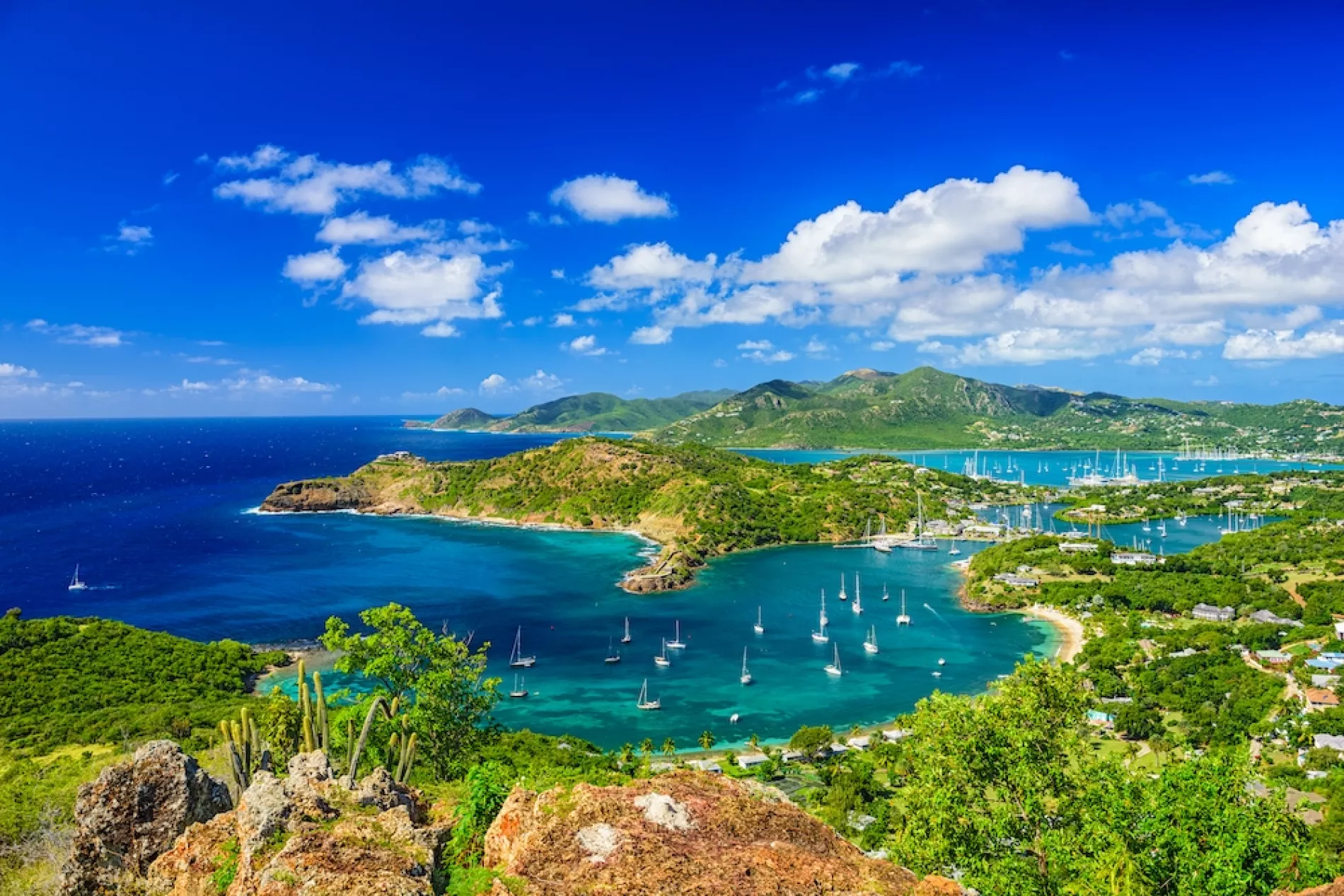From Sicily to the Souks

Saga’s ships have redefined British boutique cruising with their contemporary and stylish aesthetic, and impressive feat of engineering.
More akin to boutique hotels than cruise ships, vessels offer an intimate, relaxed and luxurious style of cruising that will no doubt appeal to its mature clientele - who value sumptuous public spaces, exquisitely appointed cabins and excellent cuisine over cutting-edge, high-tech facilities.

Spirit of Discovery features the design cues, cuisine and levels of service you expect in the world’s finest boutique hotels. Along with her sister ship Spirit of Adventure, they are the only small ships built for the British market, offering a balcony for every guest and a choice of speciality restaurants. All backed by Saga's famous personal service and inclusive value.



